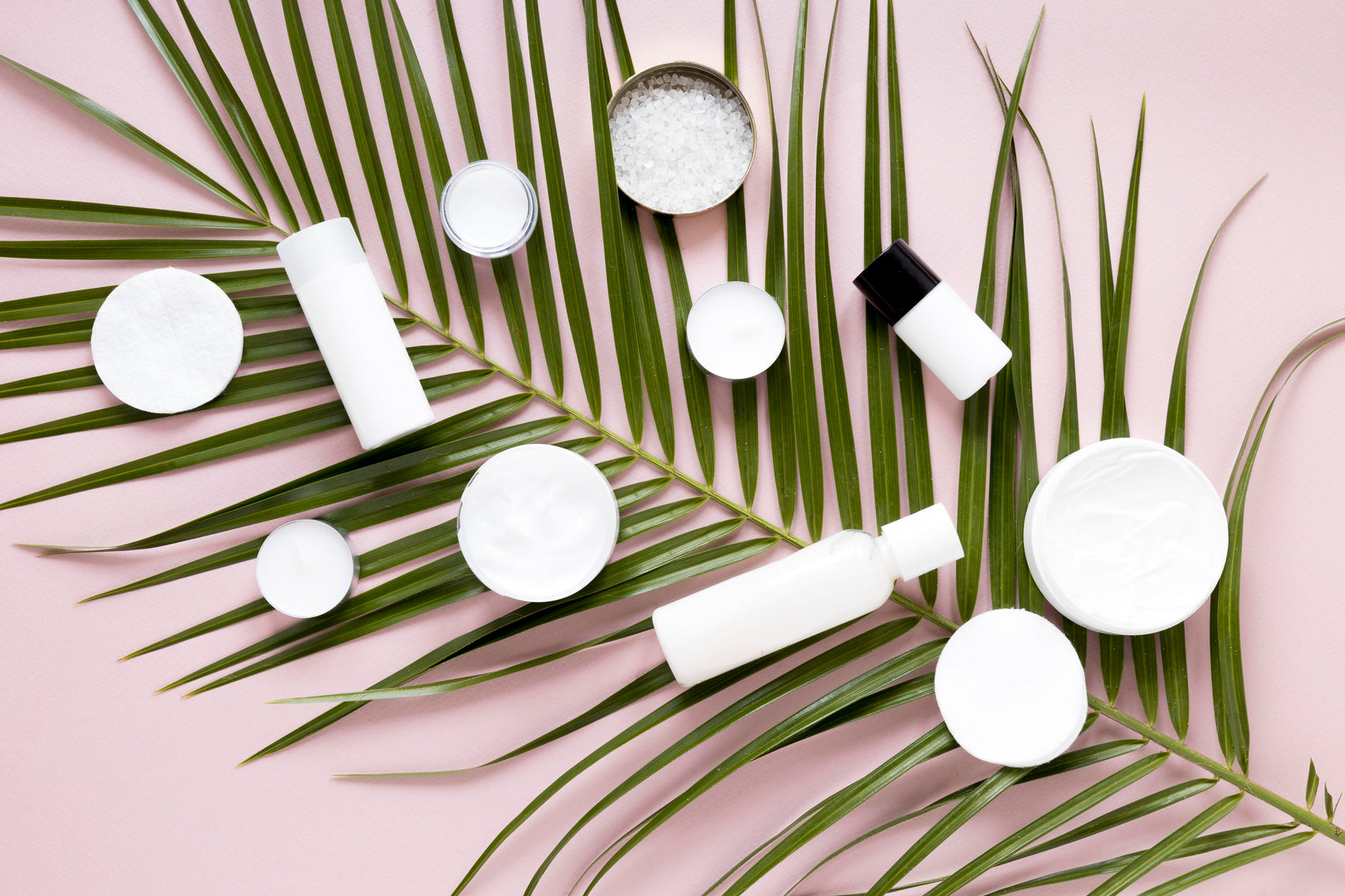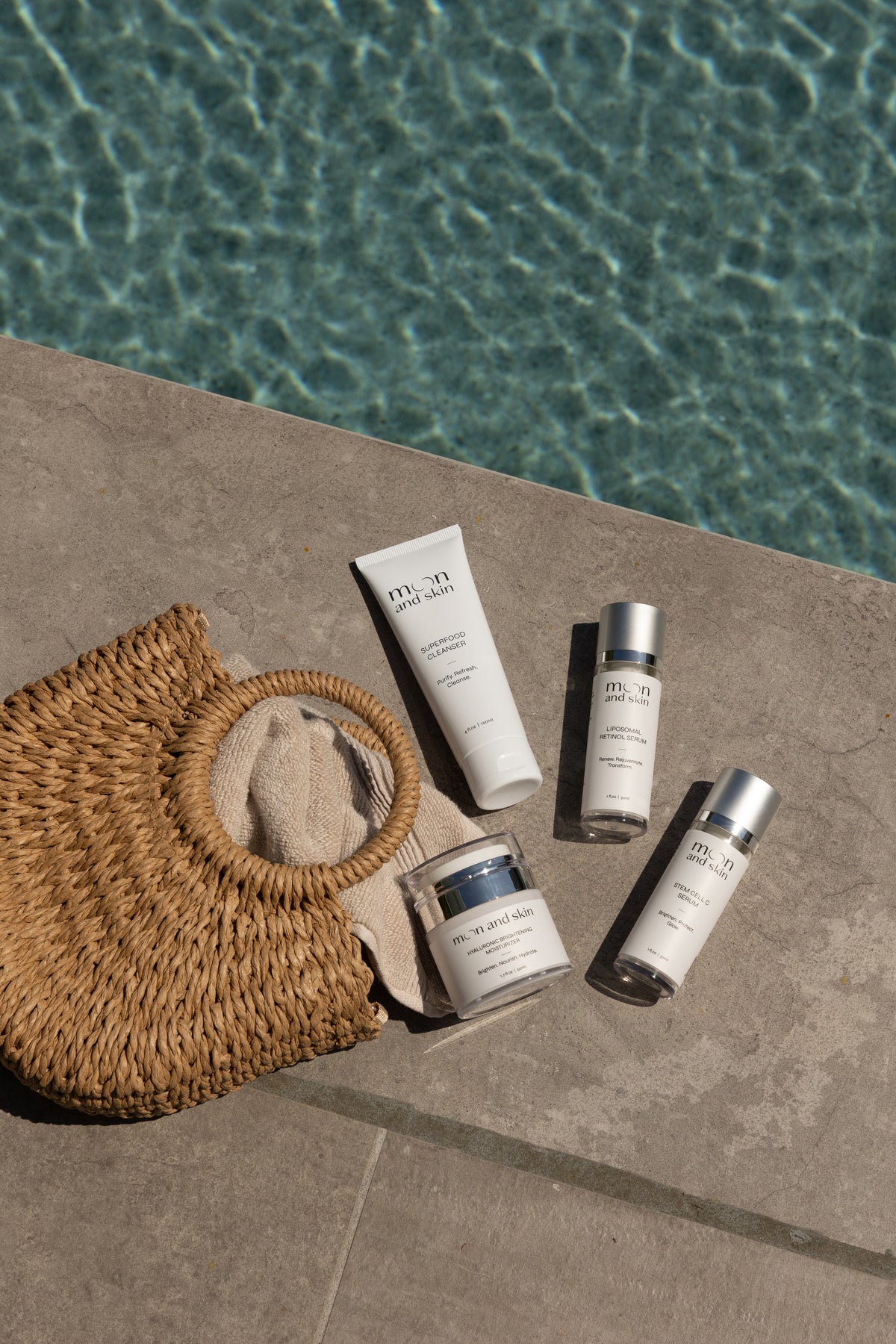Table of Contents
Introduction
Have you ever wondered why your skin feels different after a wash? The way we cleanse our skin can have a significant impact on its overall health and appearance. In fact, using the right cleanser for your skin type is one of the most crucial steps in any skincare routine. Among the plethora of options available, gel cleansers have gained popularity for their refreshing feel and effective cleansing properties. But is a gel cleanser right for you?
As we explore the question of what skin type is best suited for gel cleansers, we’ll discuss their formulation, benefits, and how they compare to other types of cleansers. In this blog post, we aim to provide insights that empower you to make informed choices about your skincare routine. Together, we will delve into the characteristics of different skin types and how gel cleansers can fit into your regimen.
By the end of this article, you'll have a clearer understanding of whether a gel cleanser is the right choice for your unique skin type and how to maximize its benefits. So, let’s dive in!
Understanding Skin Types
Before we can determine which skin types benefit most from gel cleansers, it’s essential to understand the five primary skin types recognized by dermatologists: normal, oily, dry, combination, and sensitive skin. Each type has its unique characteristics, and the right cleanser can help maintain balance and health.
1. Normal Skin
Normal skin is often described as well-balanced. It typically has an even texture, no excessive oiliness or dryness, and is free from significant concerns like acne, redness, or large pores. Those with normal skin can use a variety of cleansers, including gel formulas, without adverse effects.
Key Takeaway: If you have normal skin, a gel cleanser can effectively keep your skin clean and balanced.
2. Oily Skin
Oily skin is characterized by excess sebum production, leading to a shiny appearance and larger pores. This skin type is often prone to acne and blackheads due to clogged pores. Gel cleansers are particularly beneficial for oily skin because they help remove excess oil and impurities without over-drying.
Key Takeaway: Gel cleansers are a great choice for oily skin, as they provide a deep clean while controlling shine.
3. Dry Skin
Dry skin lacks moisture, often feeling tight, itchy, or flaky. This skin type requires gentle products that won’t strip away its natural oils. While gel cleansers can sometimes be drying, those formulated specifically for dry skin can effectively cleanse without compromising moisture levels.
Key Takeaway: Look for gel cleansers that contain hydrating ingredients if you have dry skin to avoid further dehydration.
4. Combination Skin
Combination skin exhibits characteristics of both oily and dry skin, usually showing oiliness in the T-zone (forehead, nose, chin) and dryness on the cheeks. This skin type can benefit from gel cleansers, particularly those with a balanced formulation that addresses both dryness and excess oil.
Key Takeaway: A gel cleanser can work well for combination skin, but ensure it is gentle enough to avoid aggravating dry areas.
5. Sensitive Skin
Sensitive skin is easily irritated and can react to various environmental factors or skincare products. Those with sensitive skin may experience redness, burning, or stinging. A gel cleanser may not always be the best option, as they can sometimes contain ingredients that provoke sensitivity. However, there are gentle gel cleansers specifically designed for sensitive skin.
Key Takeaway: If you have sensitive skin, choose a fragrance-free and hypoallergenic gel cleanser to minimize irritation.
The Benefits of Gel Cleansers
Gel cleansers offer a unique set of benefits that make them a popular choice among many skincare enthusiasts. Here’s why you might consider incorporating them into your routine:
1. Deep Cleansing
Gel cleansers typically have a lightweight, gel-like consistency that helps lift dirt, oil, and impurities from the skin’s surface. They often create a light lather when mixed with water, enhancing their ability to cleanse deeply.
2. Refreshing Feel
The texture of gel cleansers provides a refreshing sensation during application. Many users enjoy the invigorating aspect they bring, making them ideal for a morning routine or after a workout.
3. Versatility
While gel cleansers are often recommended for oily and combination skin, they can also be formulated to cater to other skin types. For example, our Superfood Cleanser features HydroProtein Technology, ensuring a gentle cleanse that nourishes the skin.
4. Lightweight Hydration
Many gel cleansers incorporate hydrating ingredients, making them suitable for users who want to avoid the tight feeling that sometimes accompanies other cleansing formats. The right gel cleanser can leave your skin feeling clean yet hydrated.
5. Ease of Use
Gel cleansers are straightforward to use and typically require just a small amount to achieve effective cleansing. They can easily fit into both morning and evening routines, making them a convenient choice.
Choosing a Gel Cleanser
When selecting a gel cleanser, it’s crucial to consider your skin type, specific concerns, and ingredient preferences. Here are some tips to help you choose the best gel cleanser for your needs:
1. Look for Hydrating Ingredients
If you have dry or sensitive skin, opt for gel cleansers that include hydrating ingredients like hyaluronic acid or glycerin. These ingredients can help maintain moisture levels while effectively cleansing the skin.
2. Consider Exfoliating Ingredients
For those with oily or acne-prone skin, gel cleansers with gentle exfoliating ingredients like salicylic acid can help keep pores clear without harsh scrubbing. Our Liposomal Retinol Serum is an excellent addition for those looking to enhance their routine with exfoliation.
3. Check for Non-Comedogenic Formulations
If you are prone to breakouts, ensure the gel cleanser is labeled as non-comedogenic, meaning it won’t clog pores. This is especially important for oily and combination skin types.
4. Assess Fragrance and Additives
For sensitive skin, avoid gel cleansers with strong fragrances or irritating additives. Look for products labeled as hypoallergenic and free from parabens and sulfates.
The Role of Gel Cleansers in a Skincare Routine
Incorporating a gel cleanser into your skincare routine can set a solid foundation for achieving healthy skin. Let’s break down how to effectively use a gel cleanser:
Step-by-Step Guide to Using a Gel Cleanser
- Wet Your Face: Start by dampening your face with lukewarm water. This helps to open up your pores and allows for better cleansing.
- Apply Cleanser: Dispense a small amount of gel cleanser onto your hands. For our Superfood Cleanser, a pea-sized amount is usually sufficient.
- Emulsify with Water: Rub your hands together to emulsify the gel with a little water. This will help activate its cleansing properties.
- Massage Gently: Apply the gel to your face in gentle circular motions, focusing on areas prone to oiliness or makeup residue.
- Rinse Thoroughly: Use lukewarm water to rinse off the cleanser completely, ensuring no residue is left behind.
- Follow Up with Moisturizer: After cleansing, apply a hydrating moisturizer to lock in moisture. Our Hyaluronic Brightening Moisturizer is a great option for this step.
Summary of Key Benefits
- Gel cleansers provide deep cleansing for oily and combination skin types.
- They can include hydrating ingredients suitable for dry skin.
- Their refreshing feel makes them ideal for morning routines and post-workout washes.
- Formulations can be tailored to address specific skin concerns, from acne to dryness.
Common Misconceptions About Gel Cleansers
Despite their popularity, there are several misconceptions surrounding gel cleansers that we should address:
1. Gel Cleansers Are Only for Oily Skin
While gel cleansers excel for oily skin types, they can be formulated for all skin types, including dry and sensitive skin. The key is to choose the right formulation.
2. All Gel Cleansers Are Harsh
Not all gel cleansers are harsh. Many brands, including us at Moon and Skin, prioritize gentle formulations that cleanse effectively without stripping the skin of essential moisture.
3. You Don’t Need to Moisturize After Using a Gel Cleanser
Regardless of your skin type, it’s essential to follow up any cleansing routine with a moisturizer to maintain hydration and support your skin barrier.
Combining Gel Cleansers with Other Products
To achieve the best results, consider complementing your gel cleanser with other products that align with your skin type and concerns. Here are a few options:
1. Exfoliants
For those with oily or acne-prone skin, pairing a gel cleanser with an exfoliating serum like our Liposomal Retinol Serum can enhance your routine, keeping pores clear and skin texture smooth.
2. Hydrating Serums
For dry skin types, applying a hydrating serum after cleansing can significantly improve moisture retention. Look for serums rich in hyaluronic acid to boost hydration levels.
3. Moisturizers
Regardless of your skin type, finishing your routine with an appropriate moisturizer is crucial. Our Hyaluronic Brightening Moisturizer excels at delivering hydration while brightening the complexion.
Conclusion
Choosing the right cleanser is a pivotal step in any skincare journey. Gel cleansers can be an excellent addition to your routine, particularly for those with oily or combination skin, and can be adapted for dry or sensitive skin with the right formulation. By understanding your skin type and the unique benefits of gel cleansers, you can empower yourself to make informed decisions that support your skin’s health.
At Moon and Skin, we believe in celebrating every phase of your skincare journey. We encourage you to explore our Bundle & Save collection for a complete routine that enhances your cleansing experience. Whether you’re looking to refresh your skincare lineup or are just starting, we have the products to support you.
FAQ
1. Can gel cleansers be used daily?
Yes, gel cleansers can typically be used daily. However, it’s essential to choose a formulation that suits your skin type to avoid over-drying.
2. Are gel cleansers suitable for sensitive skin?
Some gel cleansers are formulated specifically for sensitive skin. Look for gentle, fragrance-free options that are hypoallergenic.
3. How often should I cleanse my face with a gel cleanser?
Most dermatologists recommend cleansing your face twice a day—once in the morning and once in the evening—as part of a healthy skincare routine.
4. Can I use a gel cleanser if I wear makeup?
Yes, gel cleansers can effectively remove makeup. For heavy makeup, consider a double cleansing method by using an oil-based cleanser first, followed by your gel cleanser.
5. What are the signs that my gel cleanser isn’t right for me?
If you experience tightness, excessive dryness, irritation, or redness after using a gel cleanser, it may not be suitable for your skin type. Consider switching to a gentler formulation or consulting a dermatologist.







